King Charles III will be the billion dollar man at his Coronation
King Charles III will attend his Coronation in an outfit literally covered in priceless jewels. See the extraordinary pictures.
Royals
Don't miss out on the headlines from Royals. Followed categories will be added to My News.
You could call him the billion dollar man.
Adorned from top to toe with some of the world’s most expensive jewel laden accessories, the new monarch will attend his Coronation on May 6, in an outfit fit for a king.
It puts what most people think as extravagant – such as Kim Kardashian’s Met Gala appearance in a $6.7 million Marilyn Monroe dress – firmly in the shade.
In fact, the items King Charles III will be wearing are so valuable, due to their historical significance, it is best to describe them as priceless.
They’re also uninsurable, hence they are carefully guarded at the Tower of London.
While the Crown jewels have never been properly valued as there are no plans to sell them, experts estimate they are worth more than $9 billion.
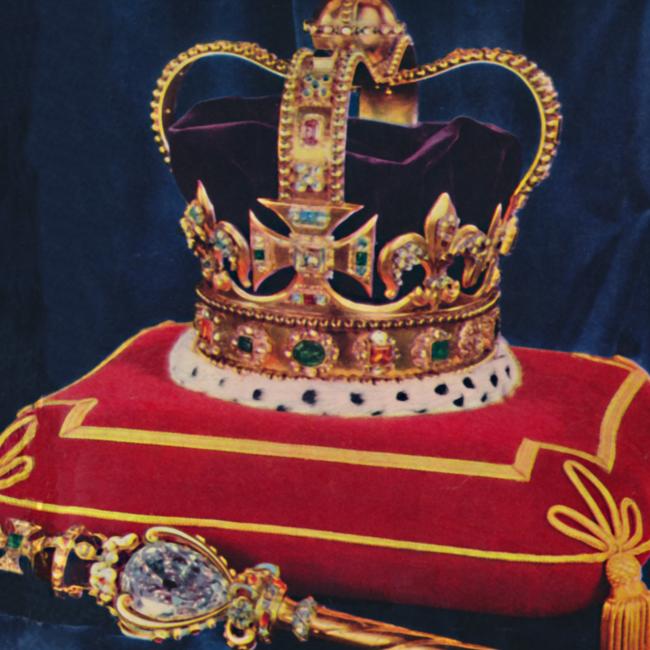
Some of the most expensive items from that collection will be used during the Coronation, with the items the 74-year-old King will use as part of the ceremony believed to tally up to more than a billion dollars.
Rebekah Schembri from Fairfax & Roberts, Australia’s oldest jewellery house, said
jewellers around the world “marvel at the high level of skill and patience employed” in making these exquisite pieces.
At the centrepiece is the 400-year-old St Edward’s crown, which is used at the moment of coronation.
It was last seen in public on the casket of the late Queen Elizabeth and she also wore it when she was officially crowned in 1953.

This will be the first and only time the King will wear it.
It has a solid gold frame and is set with 444 gemstones, including rubies, sapphires, garnets and tourmalines, and has a purple velvet cap with an ermine band.
It’s the heaviest crown in the entire collection weighing 2.23kg and unofficially estimated to be worth $57 million dollars.
It is also steeped in history and was originally made for the coronation of Charles II in 1661. The previous version was melted down following the execution of King Charles I, who instigated a bloody civil war.
King Charles has been practising wearing the crown around Buckingham Palace.


He remembers his mother doing the same, stopping by at bathtime with it on her head, to the amusement of the kids.
“The King has been fairly anxious about the big day and has been practising wearing the crown, which is exceedingly heavy,” royal commentator Richard Fitzwilliams said.
Another spectacular piece is the Sovereign’s Sceptre with Cross that has been used at every coronation since Charles II’s in 1661.
It is the symbol of royal earthly power and will be placed in the King’s right hand for the crowning.
It includes the Cullinan I diamond – 530.2 carats and the largest colourless cut diamond in the world. The gem is estimated to cost $600 million alone.
Another stunning piece the King will wear is the Sovereign’s Ring, also known as the “wedding ring of England”.
It symbolises “kingly dignity” and will be placed on the fourth finger of the King’s right hand by the Archbishop of Canterbury.
For nearly 200 years, monarchs have used William IV’s 1831 ring – except for Queen Victoria, whose fingers were too small, so she had a new one made.

The piece features a large sapphire and diamond cluster with baguette-cut rubies in the form of a cross.
The rubies represent the cross of the patron saint of England St George and the sapphire is said to represent the Scottish flag.
“For me, my absolute favourite royal piece has always been the Coronation ring,” Ms Schembri said.
“A more intimate object but especially strong in symbolism, the incredible colour juxtaposition between the brightest of red rubies, countered by the rich, true blue sapphires is a striking combination.”
The Sovereign’s Orb, which dates back to 1661, with its cross mounted on a golden globe, symbolises that the monarch’s power is derived from God, and will be placed in the King’s right hand, before being placed on the altar.
Again it is decorated with clusters of precious gems.
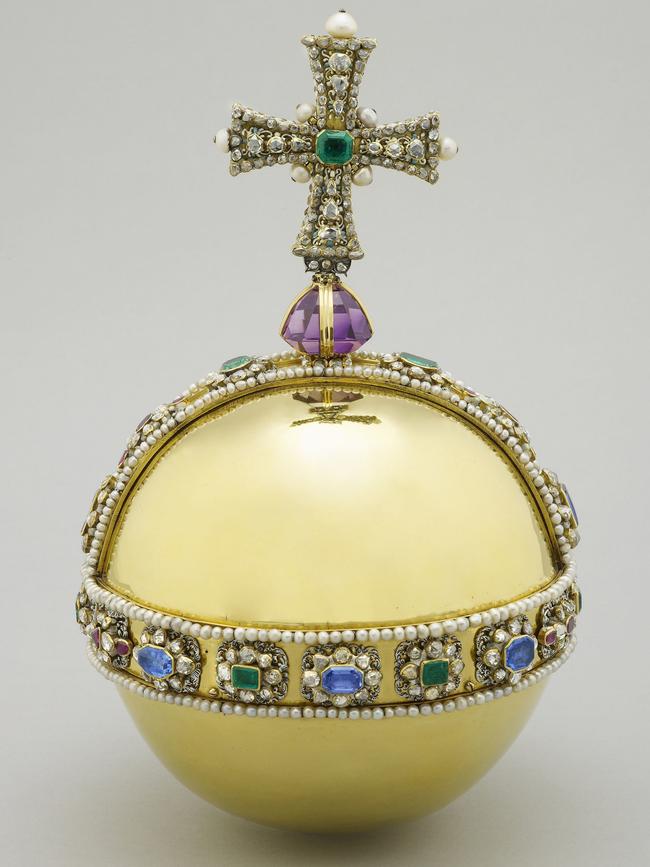
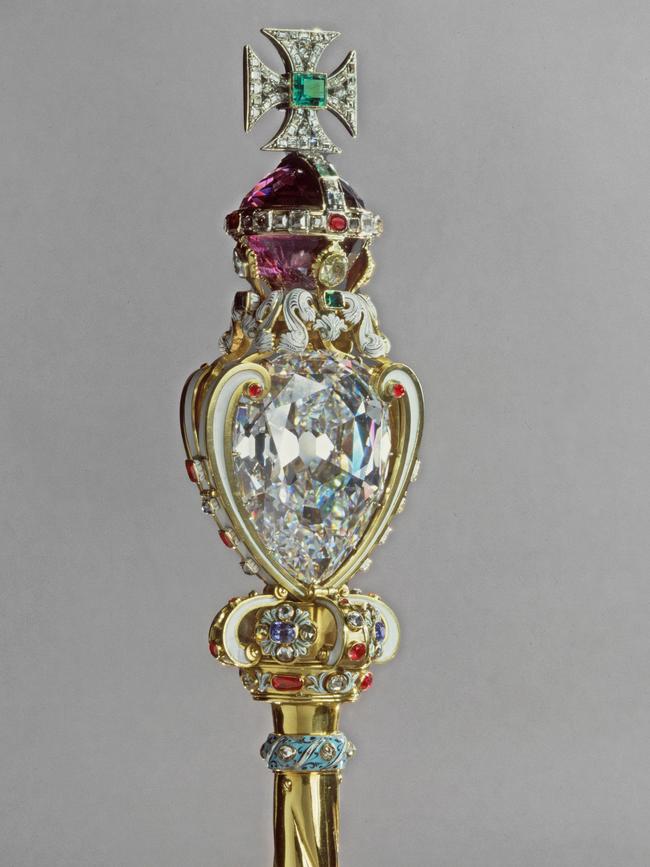
Golden armlets, last used by King Charles’ grandfather George VI, will be placed on the sovereign’s wrists to represent “sincerity and wisdom” and are thought to relate to ancient symbols of knighthood and military leadership.
The Sword of Offering, made for George IV’s 1821 Coronation, has a hilt encrusted with diamonds, rubies and emeralds and a scabbard decorated with jewelled roses, thistles and shamrocks.
It will be handed to King Charles, who will place it on the altar.
Presenting a pair of golden spurs, symbolising knighthood and chivalry, is an Australian Simon Abney-Hastings, Earl of Loudoun.
In previous ceremonies, the King or Queen has traditionally worn silk stockings and breeches.
However, it’s been reported the King will opt to wear his military uniform instead.
“King Charles is an old monarch but doesn’t want people to think the monarchy is stuffy and outdated,” said Mr Fitzwilliams.
On top of that he will wear various ceremonial robes, as did his mother at her Coronation.
His grandson and future monarch, Prince George, 9, will have a starring role as one of the pages helping with the King’s robes during the ceremony.
KING IN TUNE WITH PAST AND PRESENT
The Coronation ceremony music will merge music deeply rooted in tradition with modern twists to reflect a multicultural Britain – at King Charles’s insistence.
The King has asked for Greek Orthodox music to be played in the service in tribute to his late father, the Duke of Edinburgh, to be performed by the Byzantine Chant Ensemble.
Royal family favourite Lord Andrew Lloyd-Webber has been commissioned to write his Coronation Anthem with the brief “reflect the joyful occasion”.
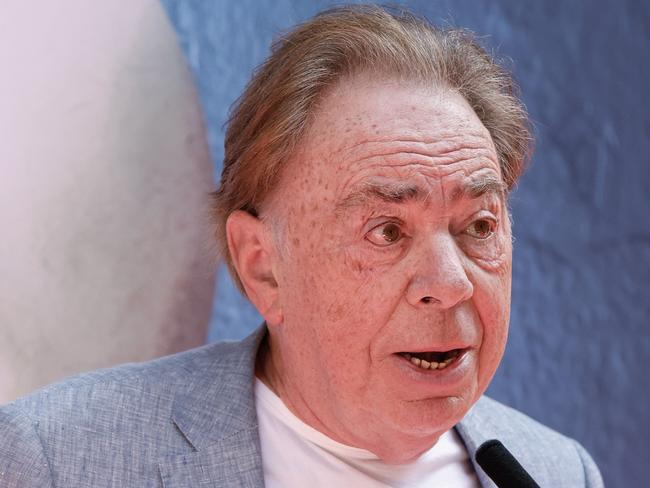
Lord Lloyd-Webber said he has already played a version of his piece – Make A Joyful Noise, A Coronation Anthem – to the King.
“We discussed the writings of Solomon and I suggested adapting Psalm 98 with its message of ‘Make A Joyful Noise unto the Lord, the King’. It seems so appropriate to the moment in the coronation service,” he said.
“I played, and tried to sing, my early score for the King a few weeks ago.
“I have composed a short opening and closing fanfare, which will be played by the Fanfare Trumpeters of the Royal Air Force.
“The anthem is scored for the wonderful Choir of Westminster Abbey and the Coronation Orchestra.”
The anthem is one of 12 new pieces of music – six orchestral, five choral, one instrumental – all selected personally and commissioned by the music-loving monarch.
At its core will be sacred music by seven “historical” composers including William Byrd and Ralph Vaughan Williams, performed by the two choirs that always perform at these occasions: the host choir (Westminster Abbey) and the King’s own Chapel Royal choir.
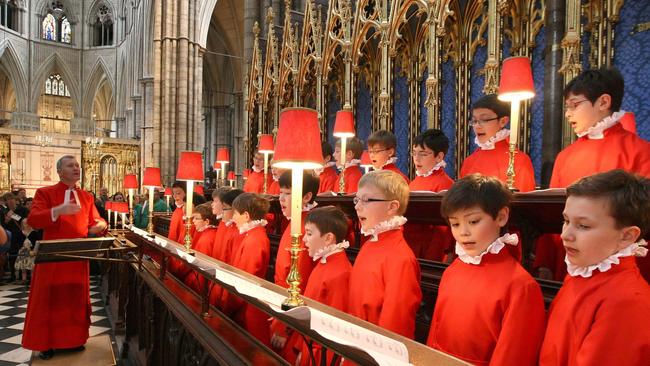
Newly commissioned pieces will be from performers and composers across the UK and the Commonwealth and will feature singer Sarah Class, composers Nigel Hess, Paul Mealor, Roxanna Panufnik, American Tarik O’Regan and violinist Shirely J Thompson.
A Coronation march has been created by university composer Patrick Doyle and a strong Welsh element will come from royal harpist Alis Huws.
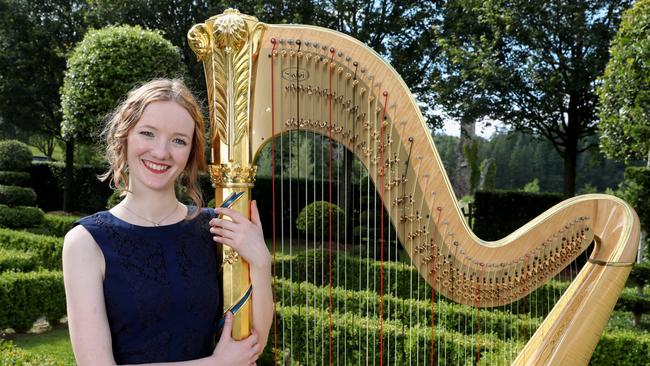
Sir John Eliot Gardiner, 79, who will stress the musical pulse for the pre-Service program of choral music in Westminster Abbey, will oversee the Monteverdi Choir and English Baroque soloists. Royal Opera music director Sir Antonio Pappano will conduct the Coronation Orchestra.
In announcing the line-up, Buckingham Palace said: “A range of musical styles and performers blend tradition, heritage and ceremony with new musical voices of today, reflecting The King’s lifelong love and support of music and the arts.
“The King has personally commissioned the new music and shaped and selected the musical program for the Service.”
STAMPING QUEEN’S LEGACY
King Charles has ordered the legacy of his mother Queen Elizabeth should live on beyond his Coronation, at least on the stamps being used on postal letters.
And this could take years with the volume of letters in the UK down 25 per cent since Covid-19.
Production of UK stamps featuring the king’s image were issued last month but will only go on sale once post offices and retailers run out of stock featuring the Queen.
Charles’ stamp image was adapted from the one in use on coins and production of stamps began but he personally instructed the Royal Mail they should not go out until stock featuring his mother were fully exhausted.
It was partly an environmental command as it was tradition.
“The King gave very clear directions he didn’t want anything to be pulped, he didn’t want things being shredded, he didn’t want stock being thrown away,” Royal Mail director of external affairs and policy David Gold has said.
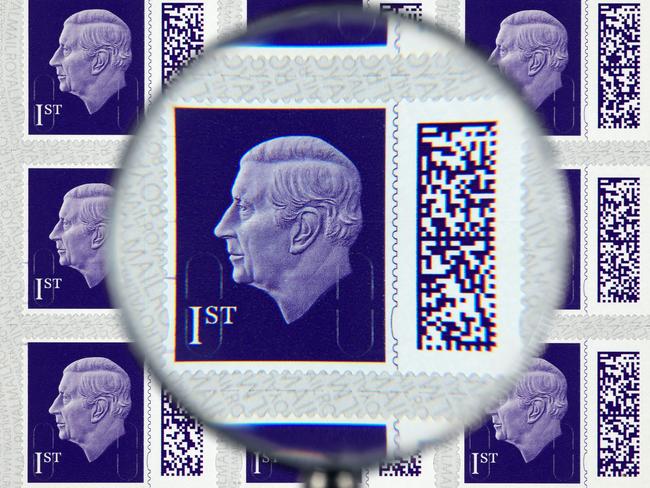
“He was very clear, however long it takes to clear the stock, there’s no rush … entirely in line with his well-stated principles of waste and environmentalism.”
Mr Gold said in that tradition, King Charles’ image has him facing left as all monarchs have done since Queen Victoria appeared on the Penny Black – the world’s first postage stamp – in 1840.
“I think there’s an acknowledgment that, for 70 years, people have been so used to seeing the image of Her Majesty – even though the current image only started in 1967 – they didn’t want anything too different,” he said.
The final set using her image was only unveiled in February on a set of stamps marking the 100th anniversary of steam locomotive the Flying Scotsman.
The Queen’s silhouette had featured on special edition stamps since 1966.
Meanwhile, coins bearing His Majesty’s image are already in circulation in the UK with banknotes to follow next year. His coin portrait faces to the left, the opposite direction to the late Queen in a tradition that dates back to the 17th Century to alternate which way successive monarchs face.
THE OATH KING CHARLES WILL SWEAR
King Charles will swear to recognise that he serves all religious faiths — not solely Christianity — when he is crowned on Saturday.
The Coronation oath, in which he will pledge to be the supreme governor of the Church of England, will remain fundamentally the same but palace aides and church officials are tweaking the prose to allow him to express his commitment to the diverse faiths of Britain.
“Every time there’s a King or Queen regnant takes an oath, it’s slightly different, it will have to be adapted for him,” said royal biographer and historian Hugo Vickers.
“The King has long worked to promote interfaith dialogue and wants that reflected as part of his oath.”
“He is being affirmed as the supreme governor of the Church of England, that’s key, the crown is secular, and all this has to be done before he is anointed.”
While the specific details remain under wraps, it is thought that the additional wording would be included either before or after the oath.
One passage in the ancient oath reads “I will … maintain the Laws of God and the true profession of the Gospel. I will to the utmost of my power maintain in the United Kingdom the Protestant Reformed Religion established by law. And I will maintain and preserve inviolably the settlement of the Church of England, and the doctrine, worship, discipline, and government thereof, as by law established in England.
“And I will preserve unto the Bishops and Clergy of England, and to the Churches there committed to their charge, all such rights and privileges as by law do or shall appertain to them or any of them.”
After swearing to uphold the law and the Church of England, the King’s ceremonial robe will be removed and he will sit in the 700-year-old Coronation chair, known as St Edward’s Chair.
It was originally commissioned around 1300 by Edward I to house the Stone of Scone and is the same chair his mother Queen Elizabeth II and every British ruler has used since 1626.
Once seated, the Archbishop of Canterbury will anoint the King’s hands, breast and head with holy oil.
“The chair is currently being refurbished, it’s been stored away for years in a basement and was buried for safety during Second World War,” Mr Vickers, who has published a short book Coronation the Crowning of Elizabeth II, said.
“The King will sit … he will only use the St Edward chair for the exact moment he is crowned.
“The difference between the Queen’s Coronation in 1953 is there were about 8000 people in the Abbey – this time there will be 2000 but there will be one extraordinarily welcomed guest who will be present in every corner and every nook and cranny – that is the television cameras.
“Billions of people all over the world can be included.”
At the ceremony at Westminster Abbey, Charles III will be crowned monarch of 14 other Commonwealth realms, from Australia to Jamaica.
Two of the Commonwealth countries Elizabeth II pledged to rule — Pakistan and Ceylon (now Sri Lanka) — went on to become republics.
“You could argue that the Queen broke her Coronation because she didn’t go on to reign over some of the countries that she promised,” Mr Vickers said.
– additional reporting by Press Association
More Coverage
Originally published as King Charles III will be the billion dollar man at his Coronation





